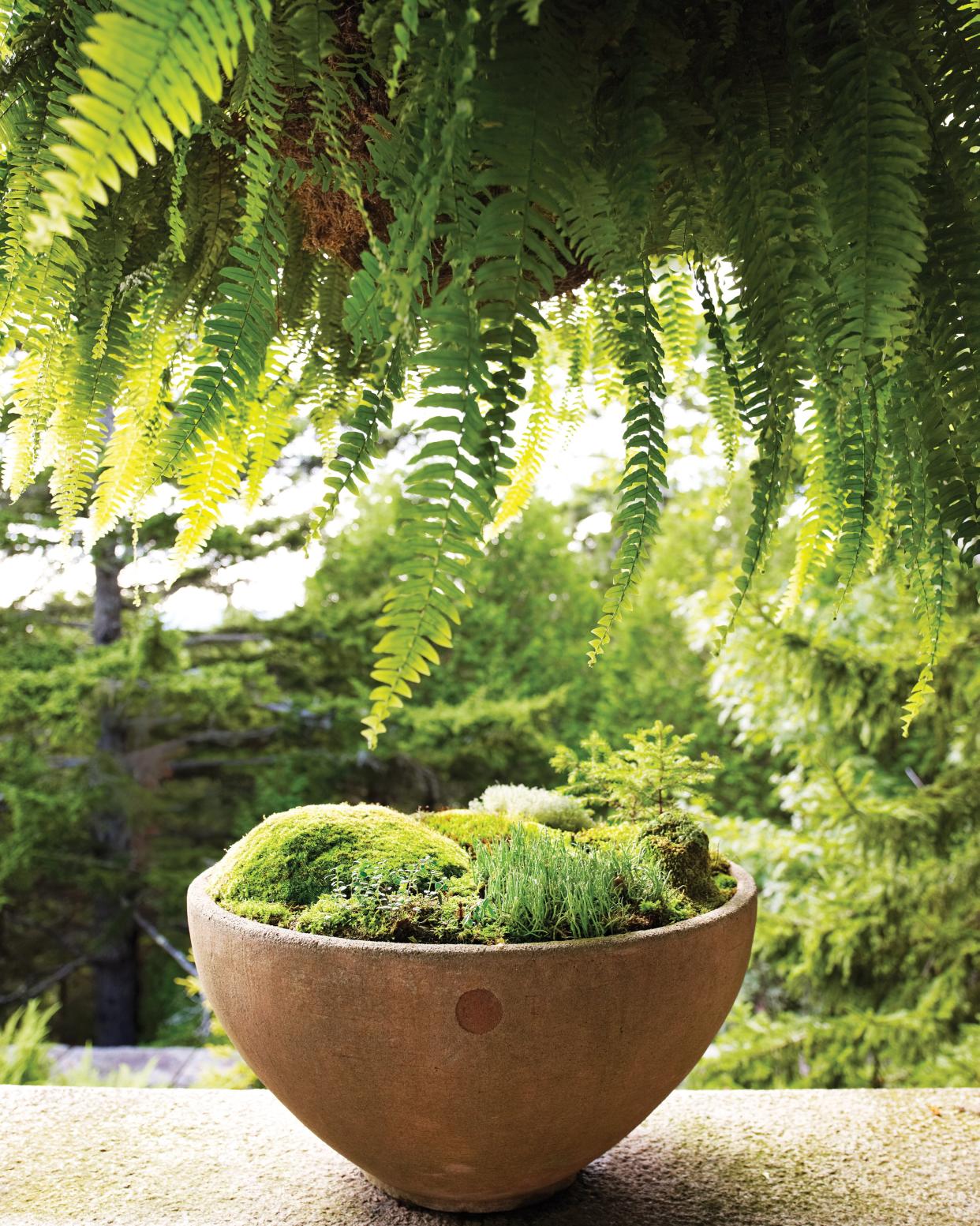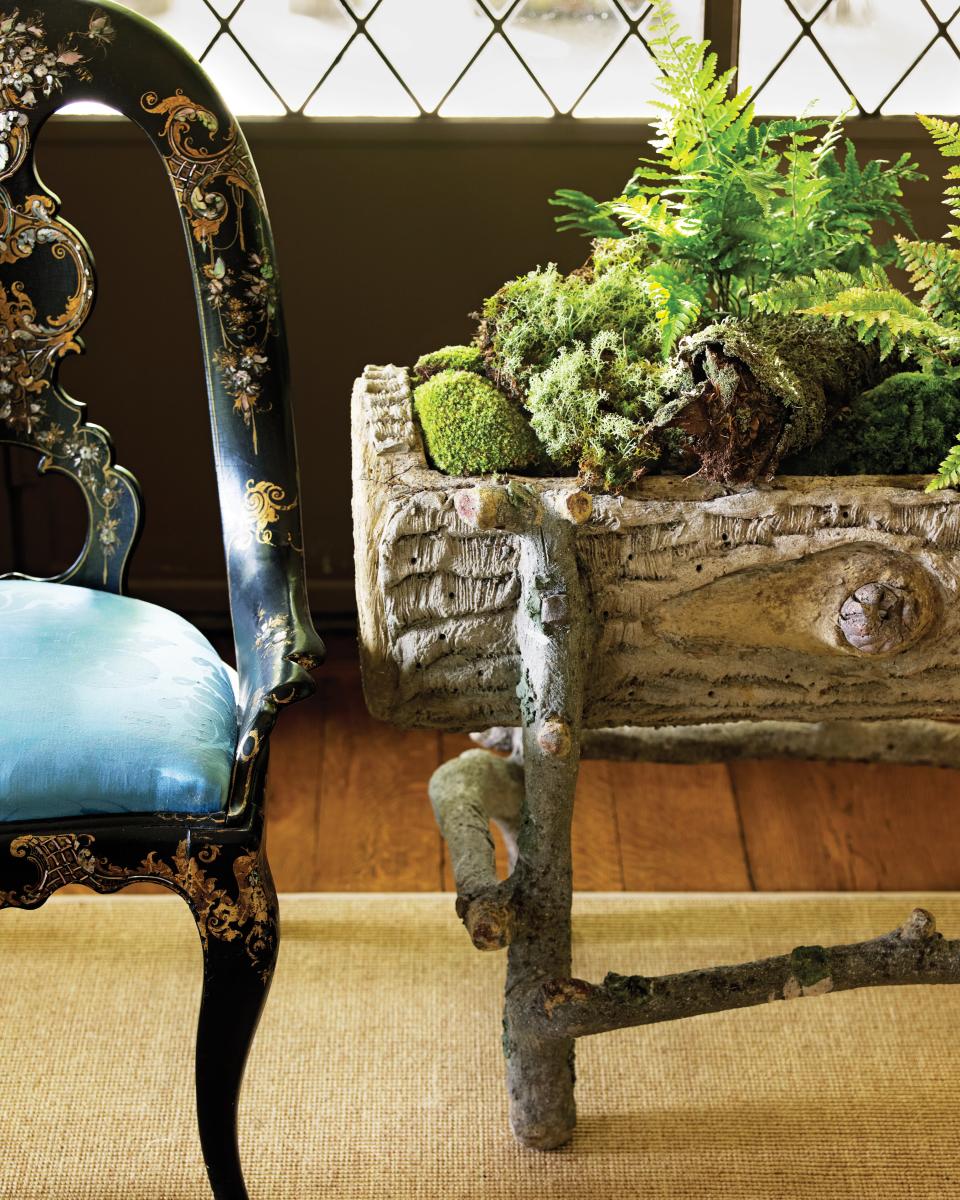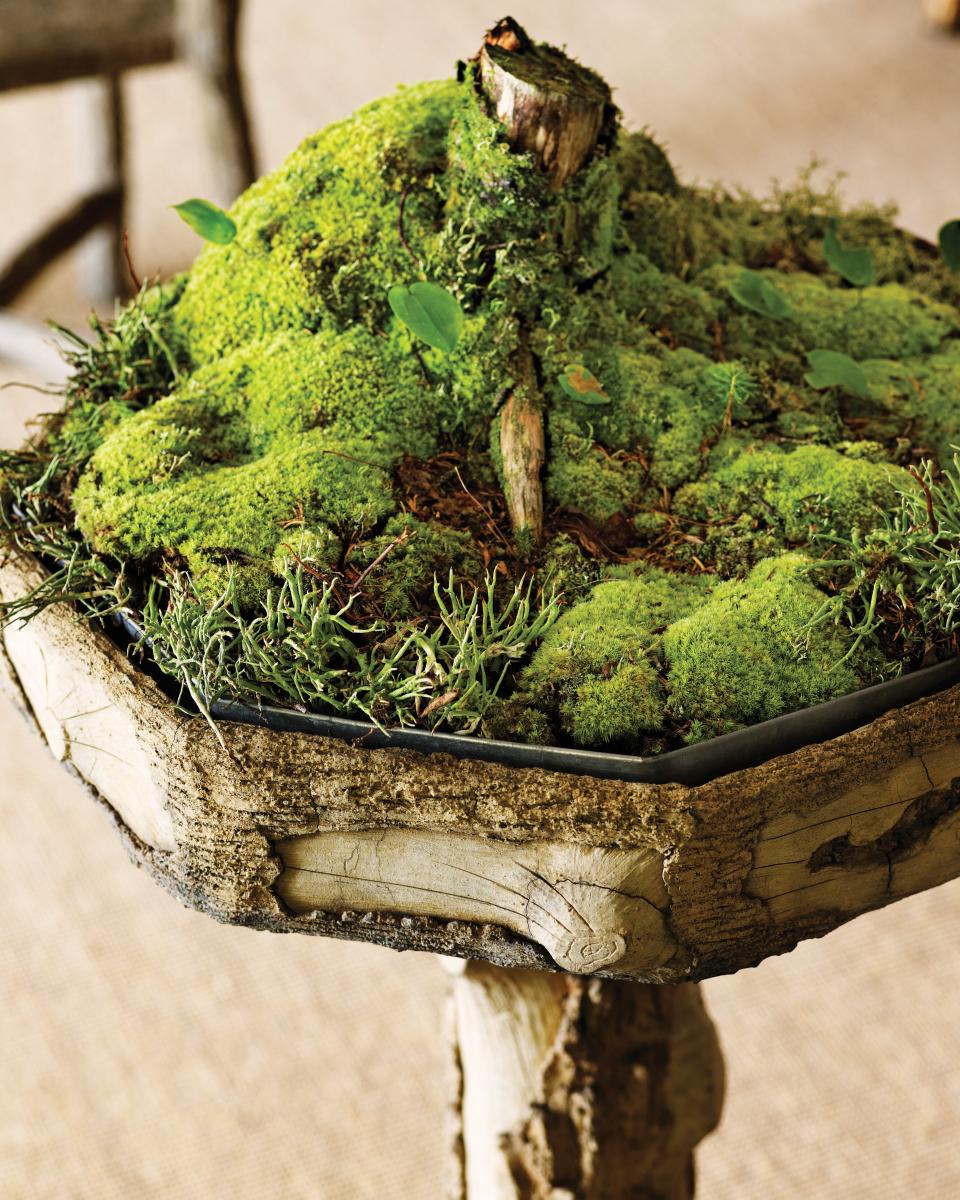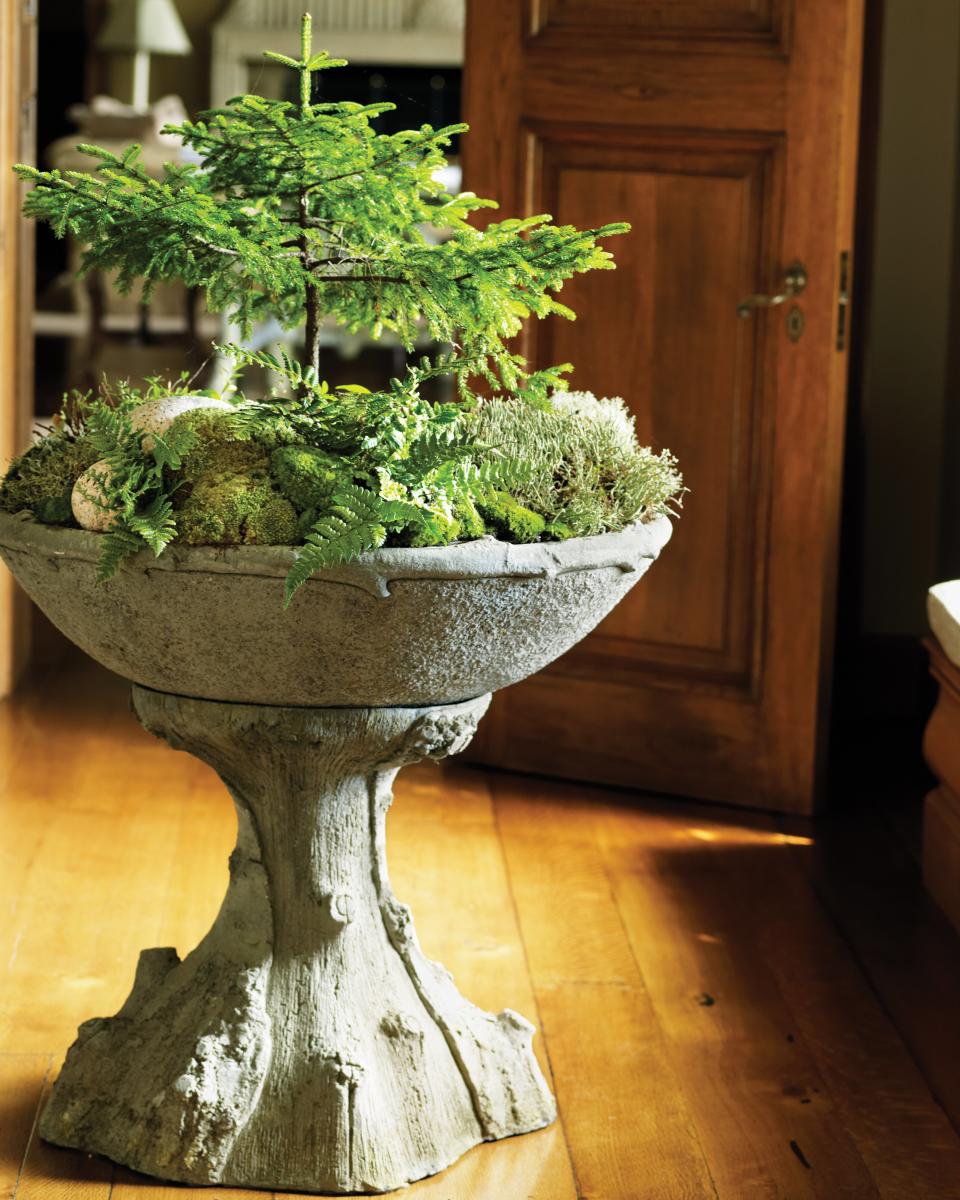How to Take Care of Moss

Paul Costello
Having a moss garden or terrarium is a simple way to bring a little bit of the wild into your home -- especially if you've foraged the moss yourself. But the key to keeping your moss thriving is making sure to give it the proper care, which is different in a lot of cases from your typical houseplant. Here, we give you a few foolproof tips and tricks to keeping your moss in tip-top shape, from the moment you bring it indoors to the moment (should you choose to return it to the wild) you take it back.
Picking the Right Soil
While a lot of plants prefer to have their soil super light and fluffy, mosses are the opposite: they like their soil packed and firm. Plus, you'll want to take acidity into account when it comes to picking the right soil for you moss, since the plant thrives best in acidic environments. There are cases, like when you find moss growing on limestone, that the plant works just fine with alkaline bases, but for the most part, it's safe to assume that your moss will do better in soil with a lower pH level (usually between 5.0 and 6.0). If you're unsure about the acidity of your soil, you can buy an easy-to-use pH test to figure out what you're working with.

Paul Costello
Watering Your Moss
Mosses are fans of damp environments, so it's important to make sure that keep the soil consistently moist for your plant. That's not to say, though, that you can't still overwater a moss. You'll have to be careful not create a puddle or swamp while watering, in which case you should try to tip out any excess water when possible. This is especially true if you have your moss in a terrarium, where, unlike regular potted houseplants, excess water won't be able to evaporate. To keep your moss healthy, simply mist the plant regularly and give it a good watering about twice a week. And be sure to use filtered water as opposed to tap, since tap water can contain too much chlorine and might turn your mosses brown.

Paul Costello
Giving Your Moss Enough Light
Most moss is known for thriving in shaded areas, which makes sense since these are the areas that are typically the most moist in the wilderness. But there are still a few varieties of mosses that prefer to have a little more sunlight than usual. That's why the key to deciding where to place your plant in order to make sure it's getting enough light is to understand the conditions under which your moss naturally thrives in nature. Of course, this is easier if you've foraged the moss yourself and can refer to the spot where you found it growing for ideal conditions. No matter how you got your moss, though, you can see what it likes best by doing a bit of homework on your particular variety, or by simply placing it in any spot around the house and keeping a close eye on it to see how well it's doing. And keep in mind: even the mosses that prefer shade tend to have a sweet spot for artificial light and indirect sunlight.

Paul Costello
Pruning Your Moss
Something that mosses do have in common with every other plant is that it's totally normal for parts of the plant to thrive while others start looking a little shabby. If that's the case, it might be time to prune. If parts of the plant are getting too long, trim them down a bit in order to promote fuller re-growth. When you're dealing with a larger piece of moss that isn't doing too well, you might want to replace that chunk altogether by simply removing the area you need to swap out and putting a newly foraged (or purchased) bit of moss in its place.
Getting Rid of Mold
If you have your mosses growing in a terrarium, it's especially likely that you might have to deal with mold at some point or other, which often occurs as a result of overwatering. If the time comes and you start seeing white, cotton-like spots on the surface of your plant, try wiping the mold away gently and then letting a bit of water evaporate from your plant before replacing the lid. This will reset the water level in your terrarium and help prevent further mold growths. However, if you try to wipe the mold away and find that it isn't coming off, you'll want to use a knife or scissors to carefully remove the parts of the moss with mold growing on them to prevent the moss from spreading. You can then make up for any lost moss by simply replacing missing chunks with fresh new moss.

